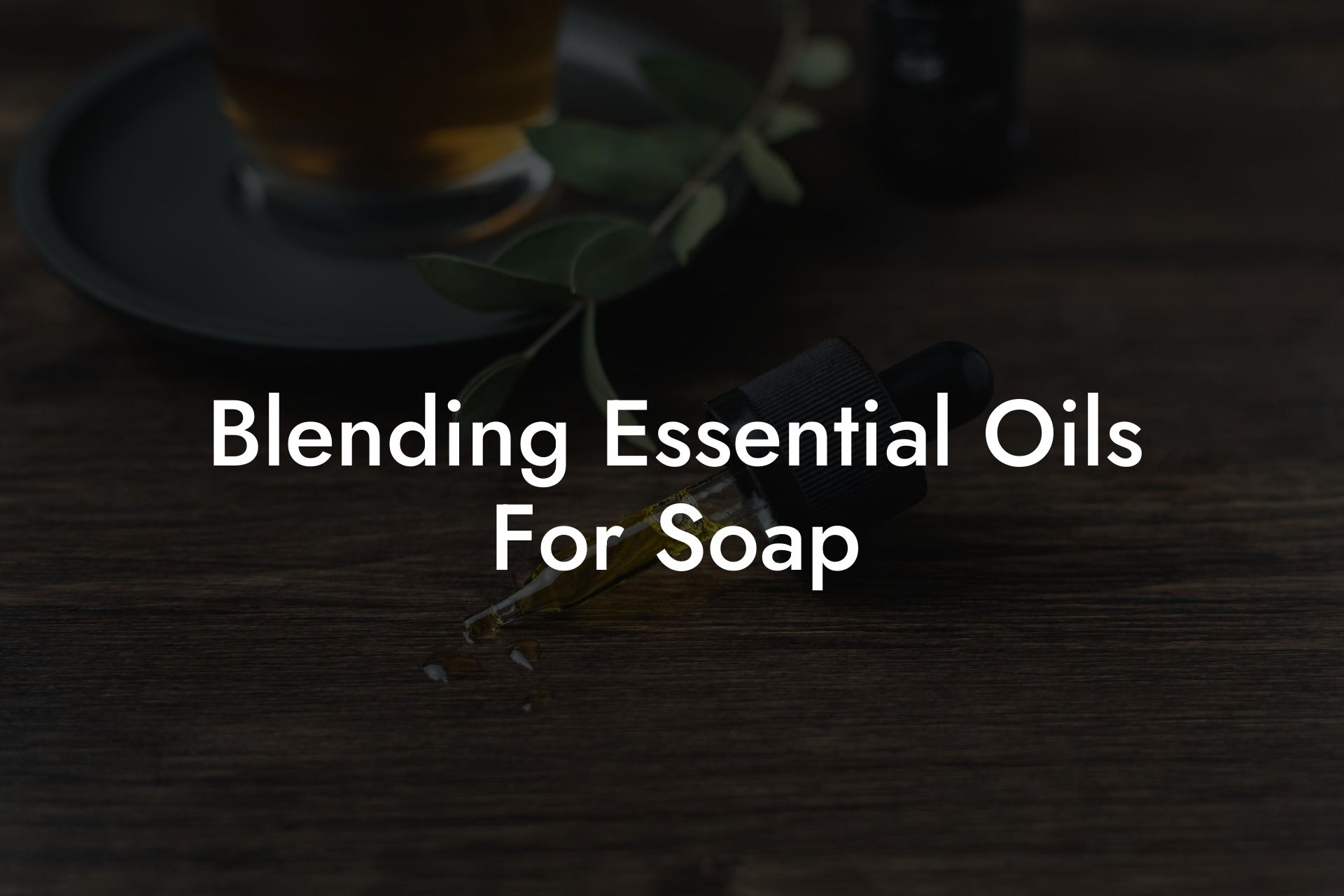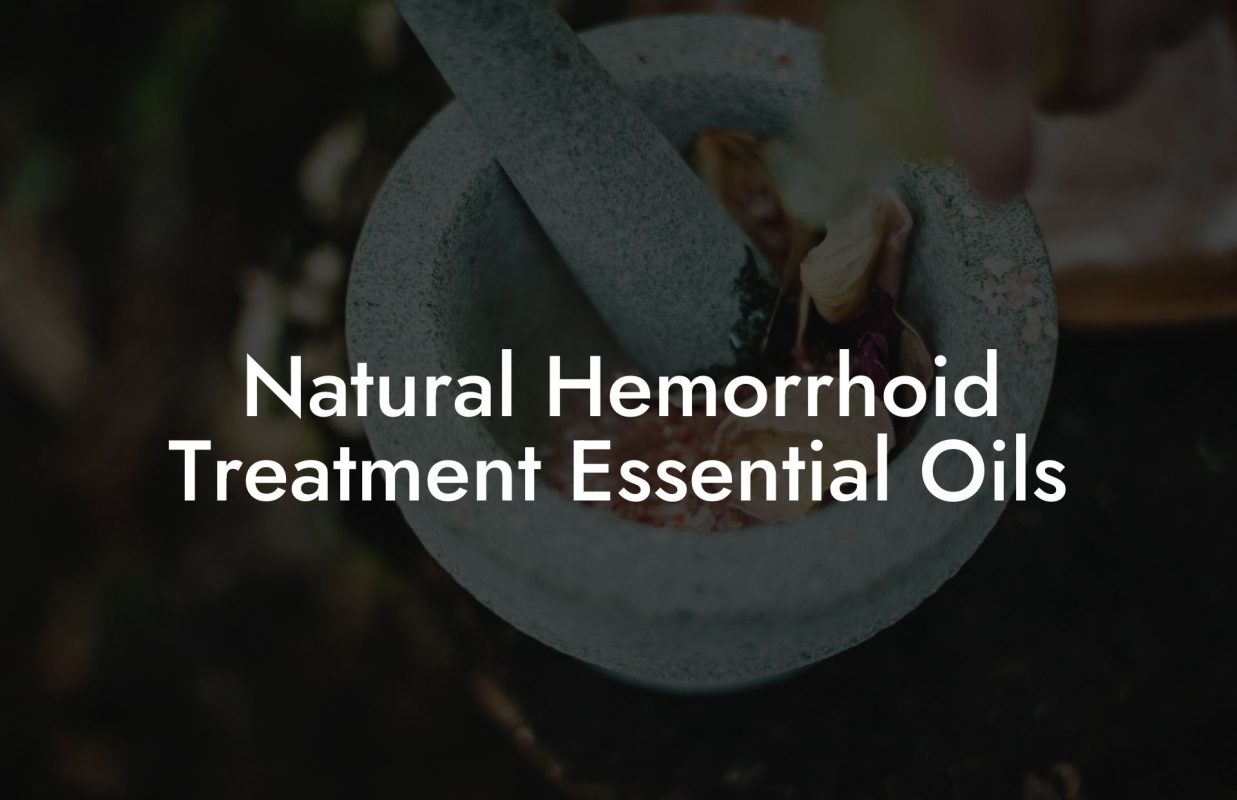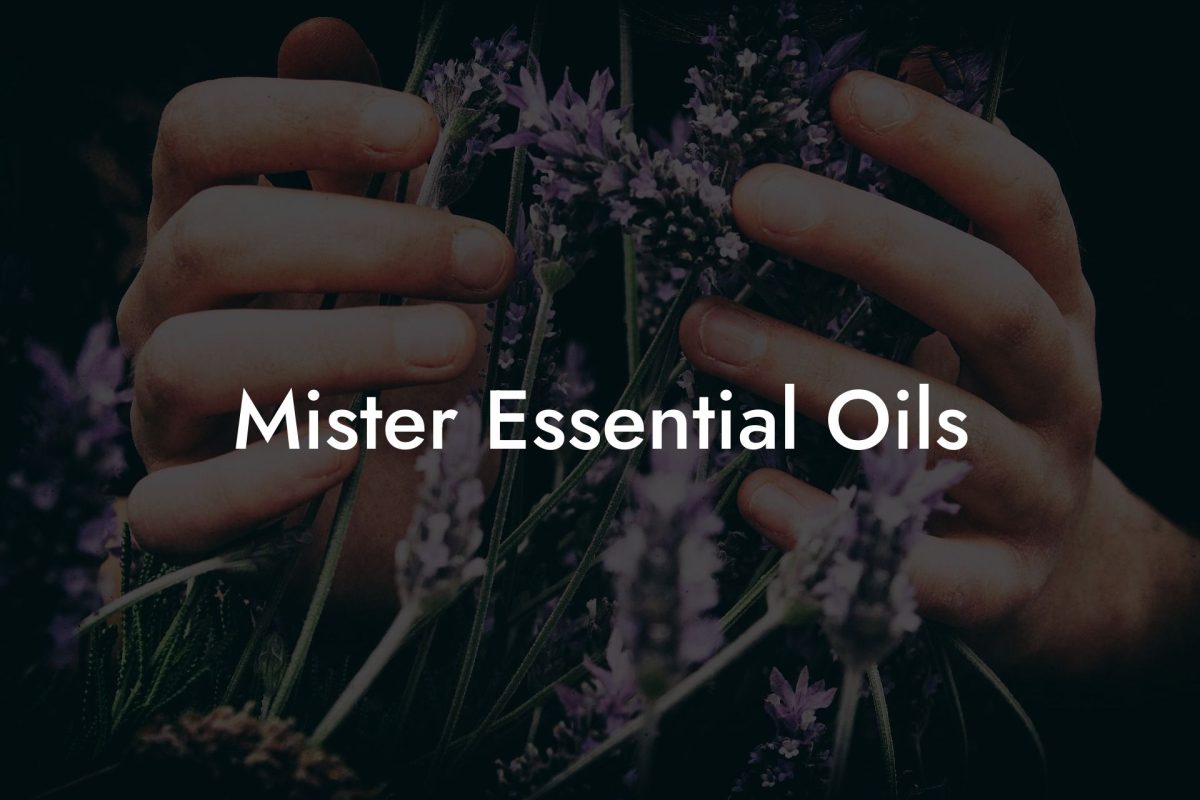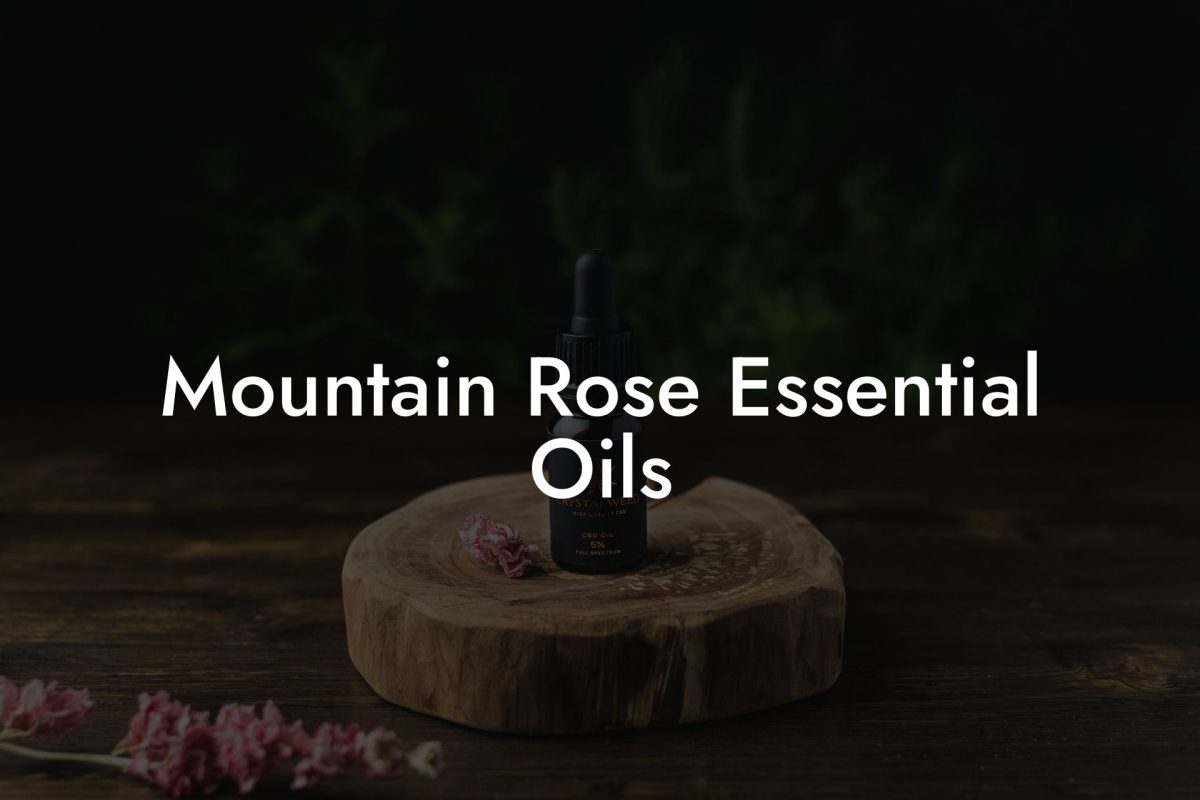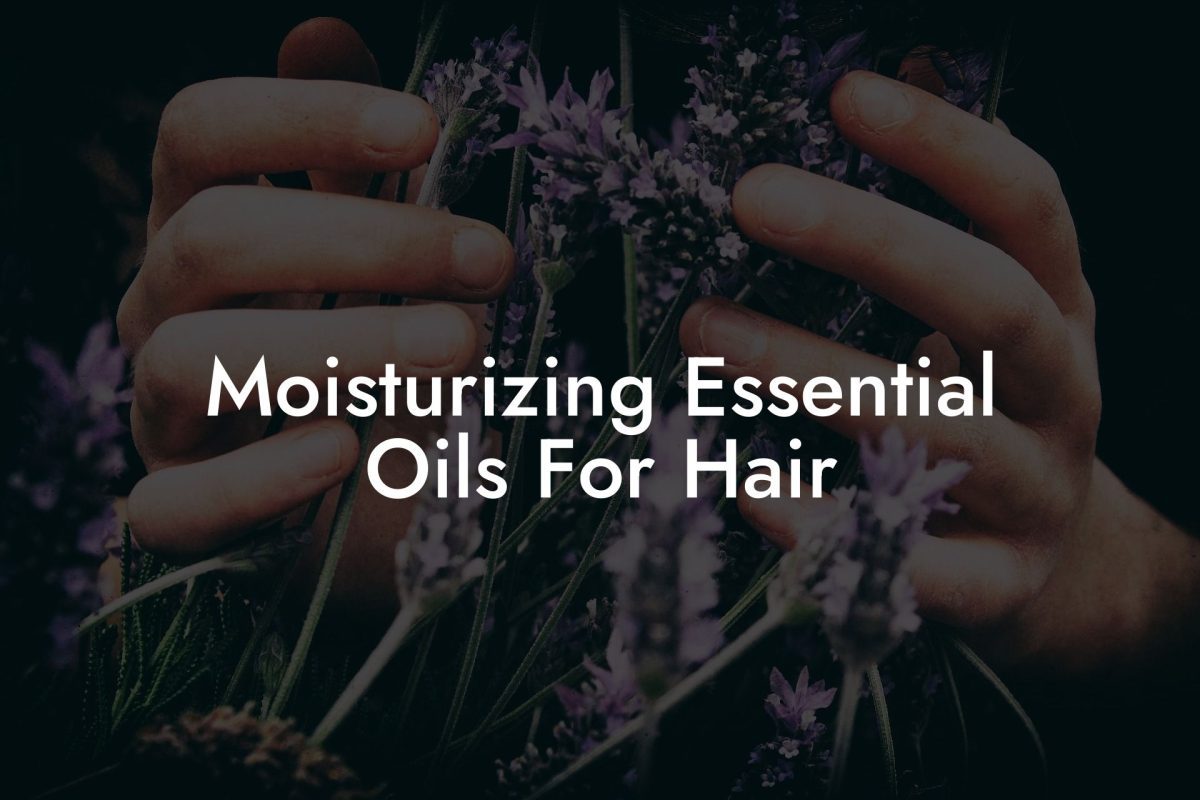Discover the art and science of blending essential oils for soapmaking. Unleash your creativity, explore the world of aromas, and create unique, personalized soaps with our handy guide to blending essential oils for soap.
Table of Contents
Understanding the Basics of Essential Oils
Before diving into blending essential oils for soap, it’s important to understand the basics of these potent natural extracts. Essential oils are volatile compounds extracted from plants, typically through steam distillation or cold pressing. They offer a wide array of therapeutic properties, adding beautiful scents and potential health benefits to your handmade soap.
Quality Matters
When blending essential oils, it’s crucial to choose high-quality, pure oils like those offered by Oshu Oils. Synthetic or diluted oils won’t deliver the same benefits and can even cause skin irritation or allergies.
Diluting Essential Oils
Essential oils are highly concentrated and need to be diluted before blending them into soap. The proper dilution rate depends on the recipe, but generally, the total essential oil content should be no more than 3% of your soap’s weight.
Blending Essential Oils for Soap
Blending essential oils for soap involves combining different oils to achieve a balanced, harmonious, and pleasing scent. To do this, you’ll need to understand the concept of fragrance notes.
Fragrance Notes
Similar to how music is composed, scents are composed of individual “notes” that blend together to create a harmonious whole. There are three main types of notes in fragrance:
- Top notes: These are the initial scents perceived when smelling a fragrance. They are typically light, fresh, and evaporate quickly. Examples include citrus, eucalyptus, and peppermint.
- Middle notes: Also known as the “heart” of the fragrance, middle notes provide depth and balance to the blend. They emerge as the top notes dissipate. Examples include lavender, geranium, and chamomile.
- Base notes: These are the longest-lasting scents, providing a rich, grounding foundation for the blend. Examples include patchouli, cedarwood, and sandalwood.
To create a balanced essential oil blend for soap, you’ll want to combine oils from each of the three fragrance note categories. Start with a basic formula of 30% top notes, 50% middle notes, and 20% base notes.
Testing Your Blend
Before incorporating your blend into soap, mix a small amount of the essential oils in a glass container. Allow the blend to sit for a day or two so the oils can meld together, then evaluate the scent and adjust the proportions as needed.
Blending Essential Oils For Soap Example:
Let’s create a sample essential oil blend using lavender, bergamot, and patchouli.
1. As a middle note, lavender will represent 50% of the blend. If using a total of 10 drops of essential oils, add 5 drops of lavender.
2. Bergamot, a top note, will make up 30% of the blend: add 3 drops.
3. Lastly, add 2 drops of patchouli, the base note, to comprise the final 20%.
4. Mix the oils in a small glass container and allow the blend to develop for a day or two.
5. Smell the blend, evaluate its harmony, and adjust the proportions if needed.
6. Once satisfied with your blend, dilute and incorporate it into your soap recipe.
Now that you’re equipped with the basics of blending essential oils for soap, you’re ready to explore the fascinating world of aromas and create your personalized soap. Remember, practice makes perfect; don’t be afraid to experiment with different essential oil combinations. Share your aromatic creations with friends and family, and don’t forget to check out our other guides on essential oils at Oshu Oils. Our range of high-quality essential oils will inspire and elevate your soapmaking game, so dive in and start blending!

